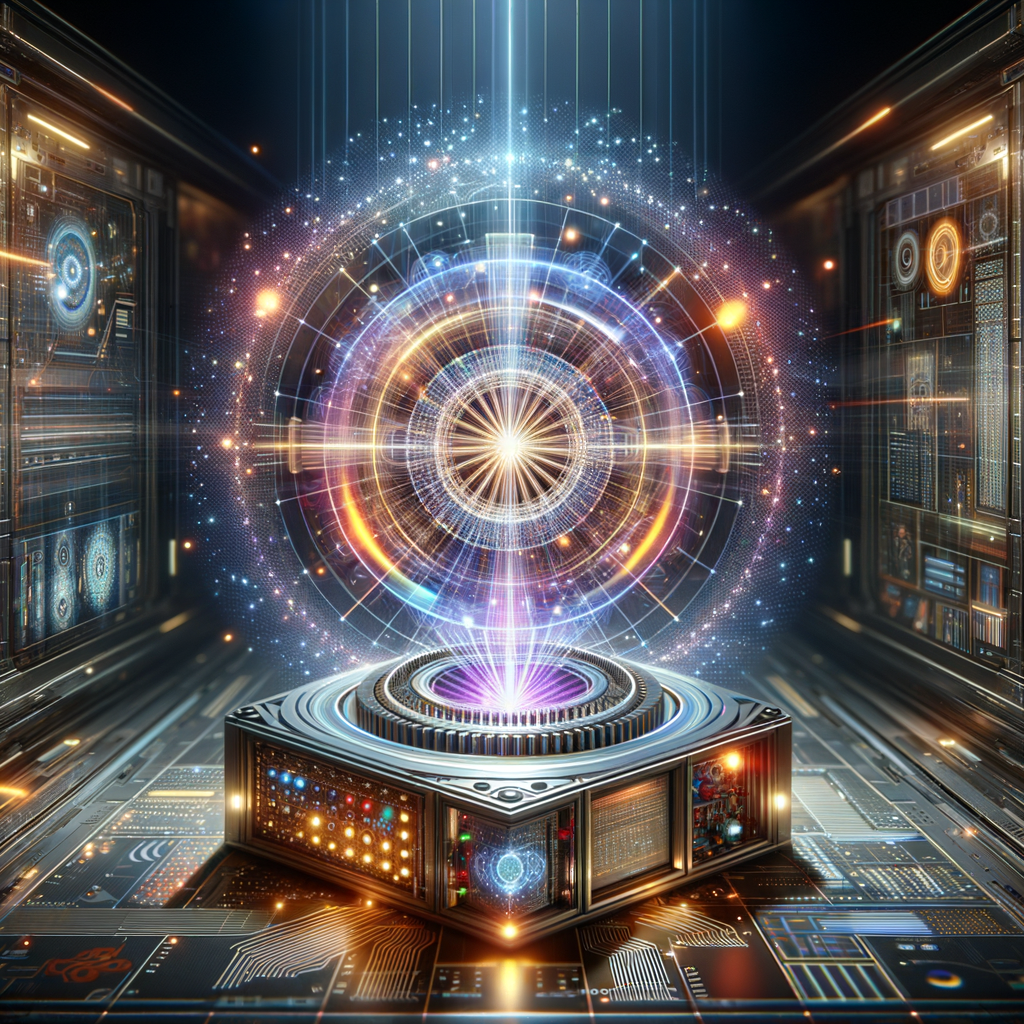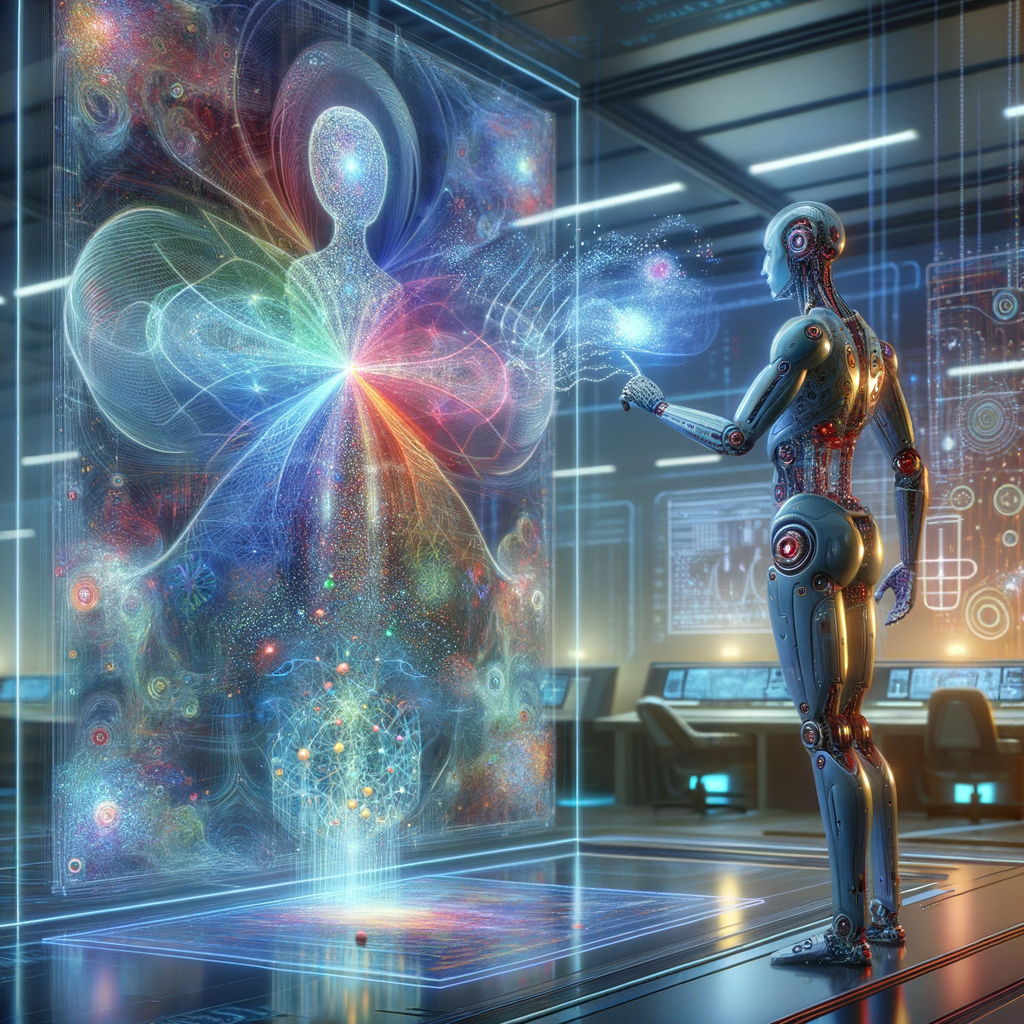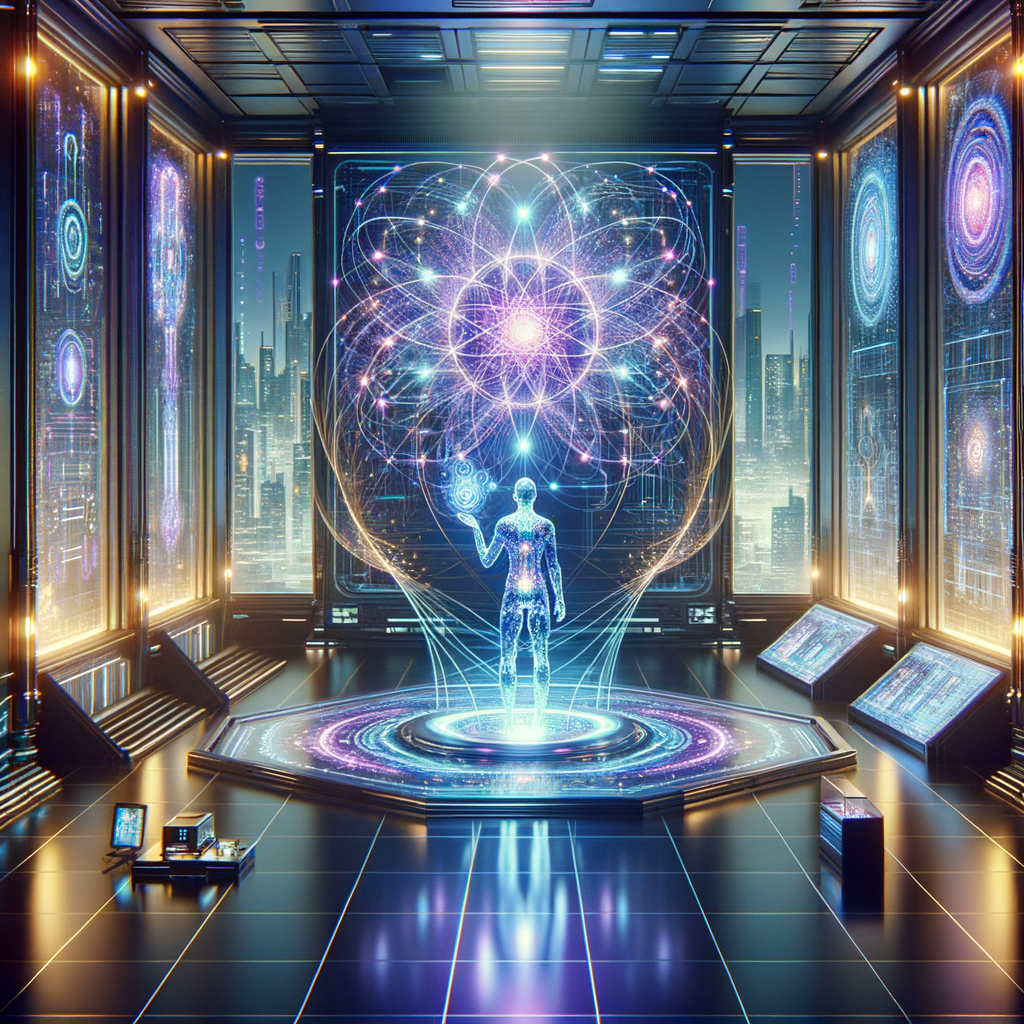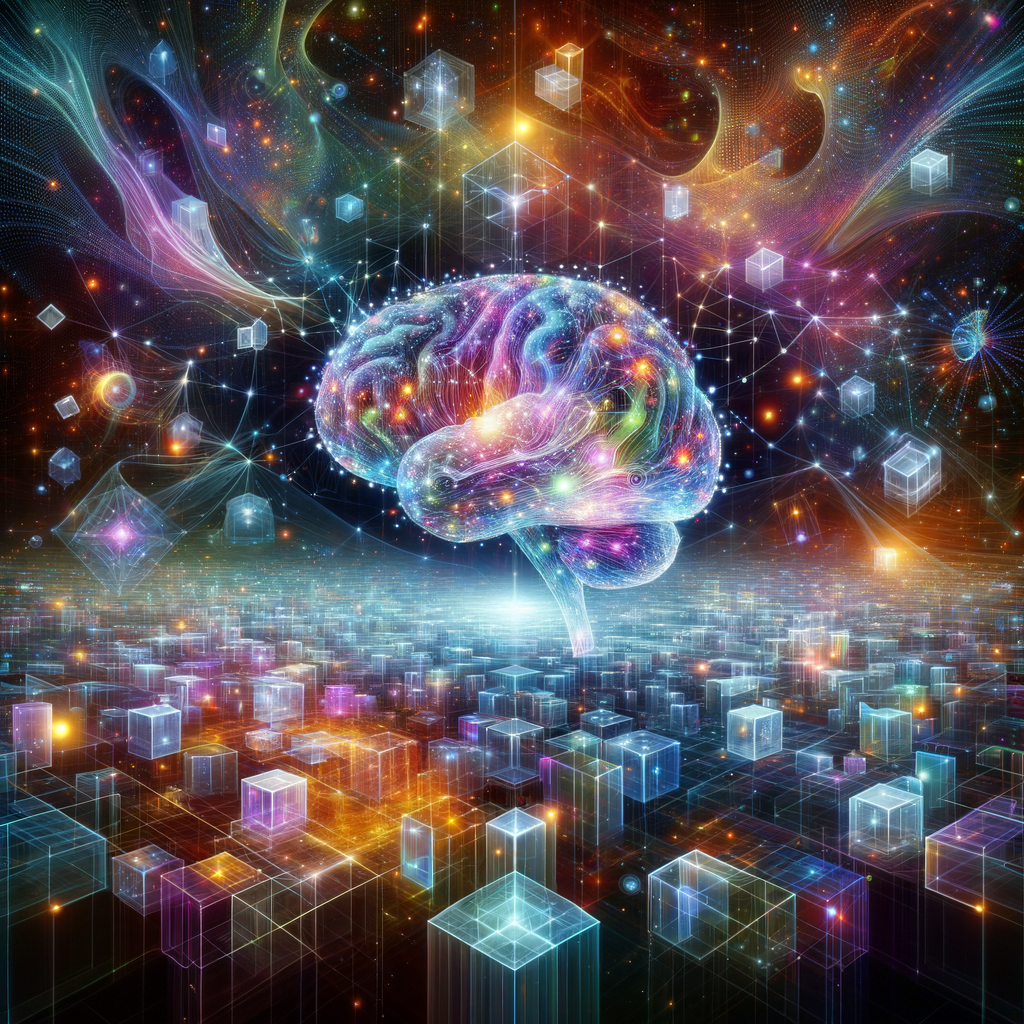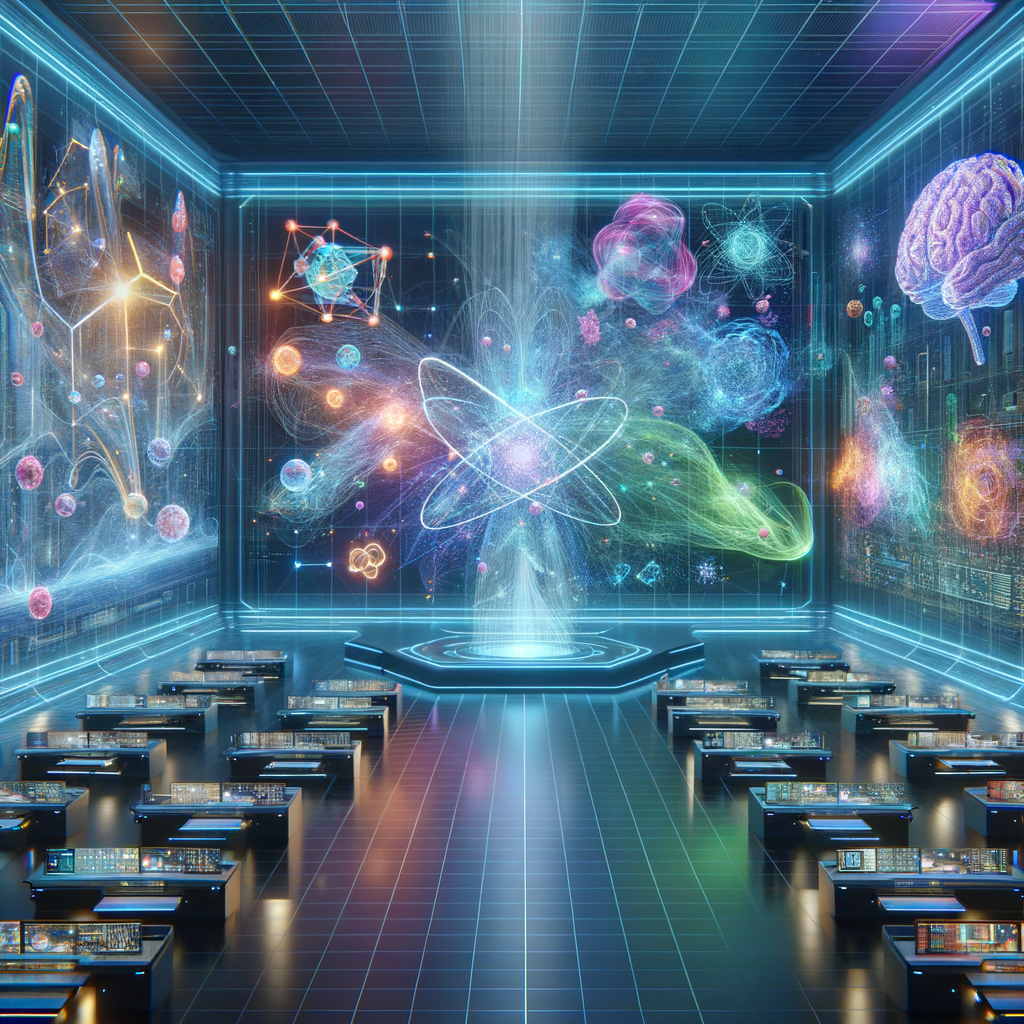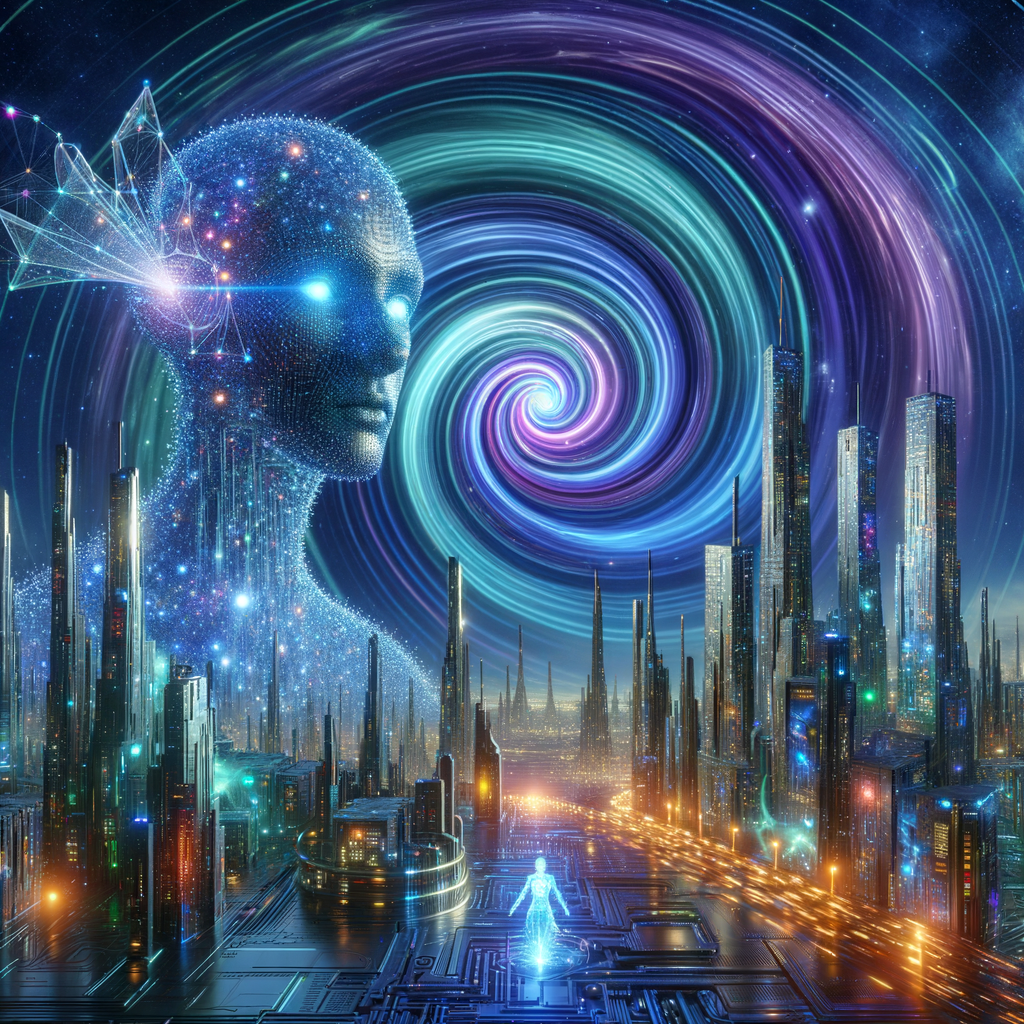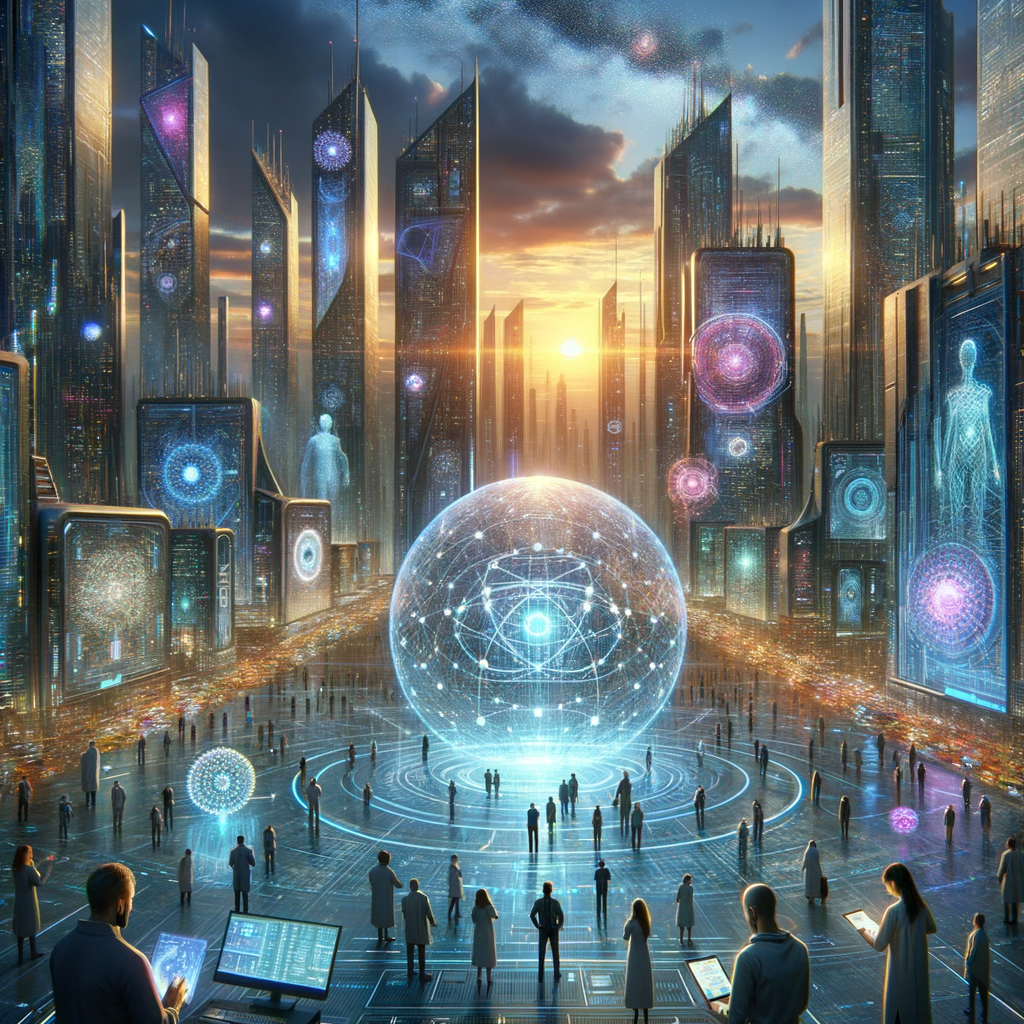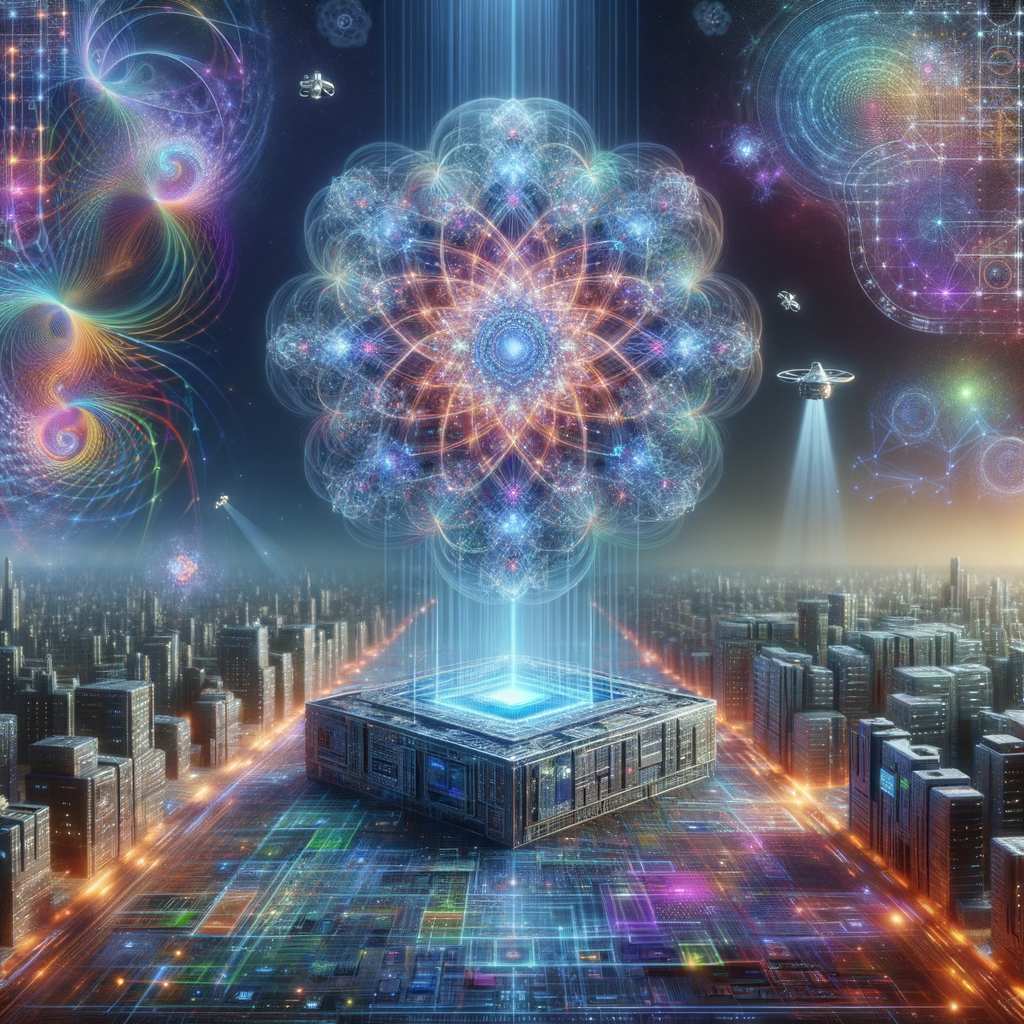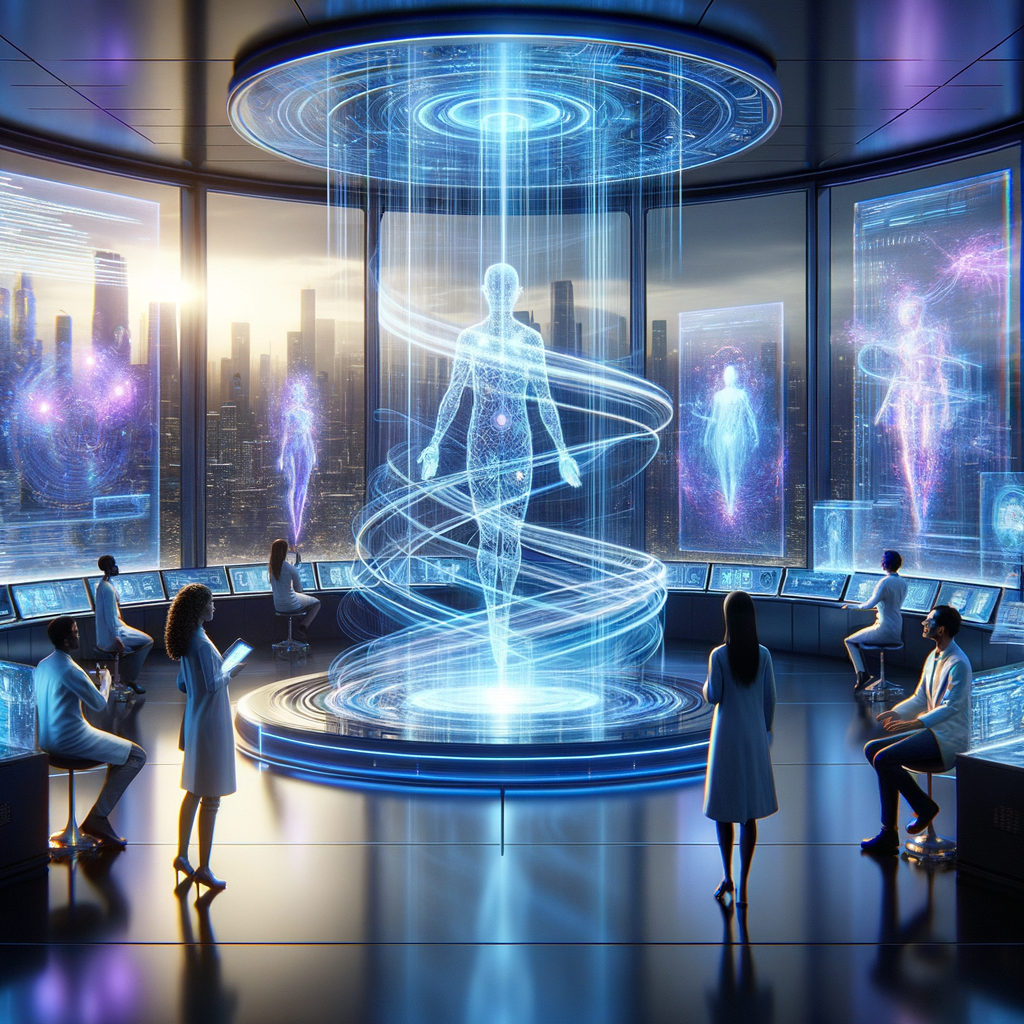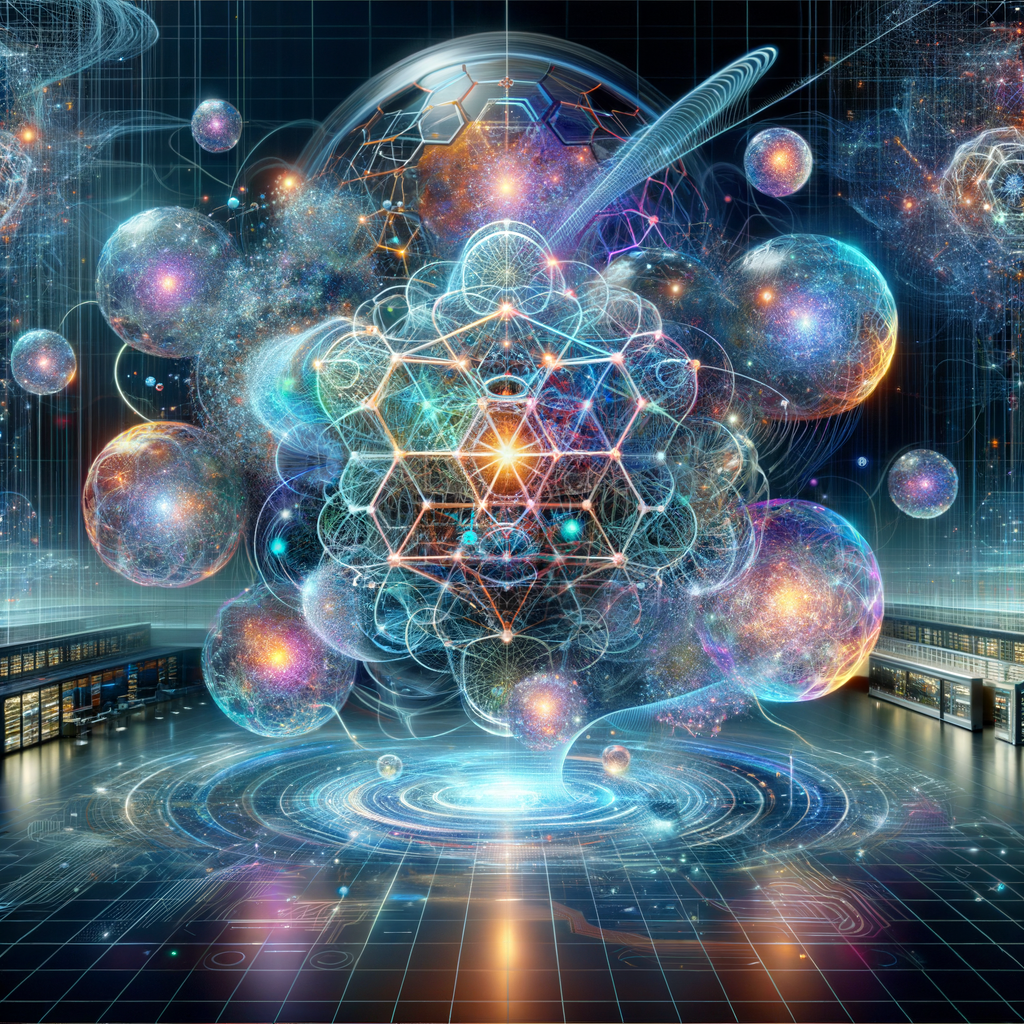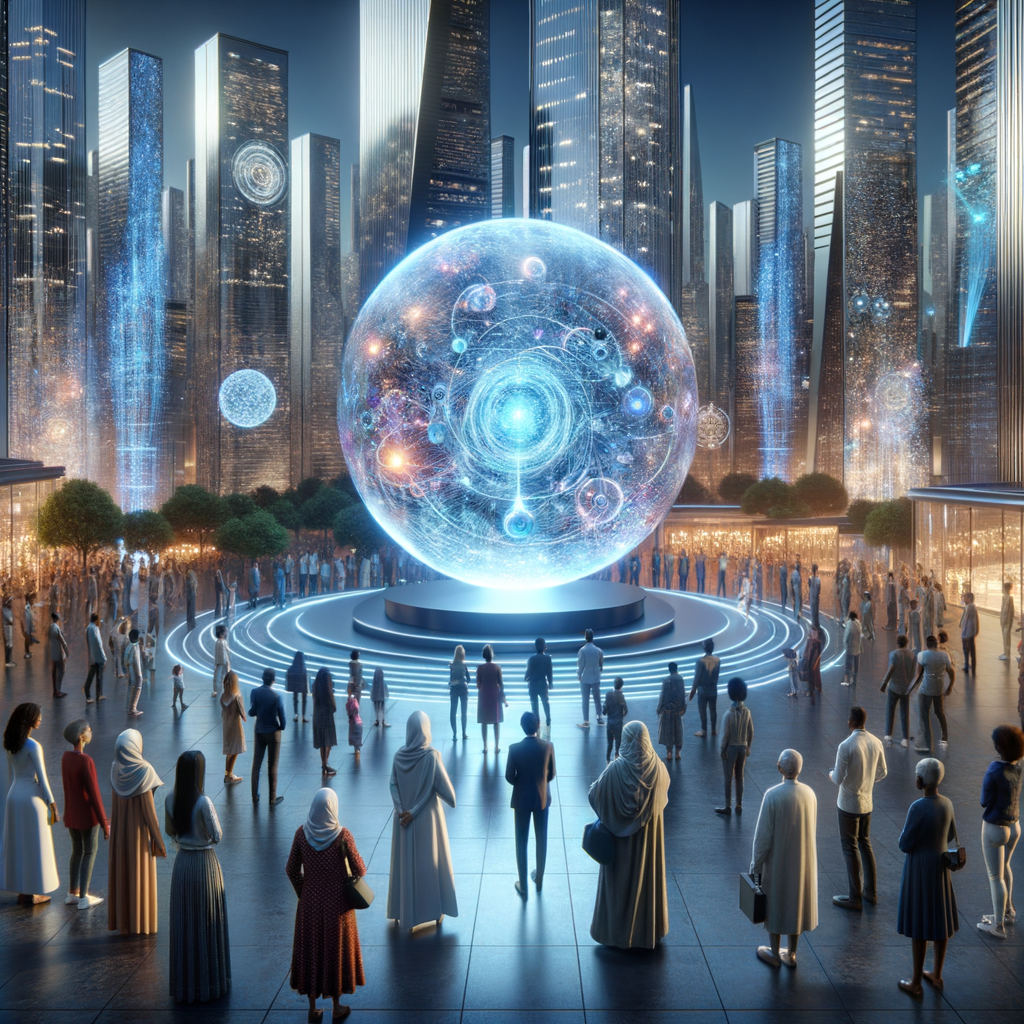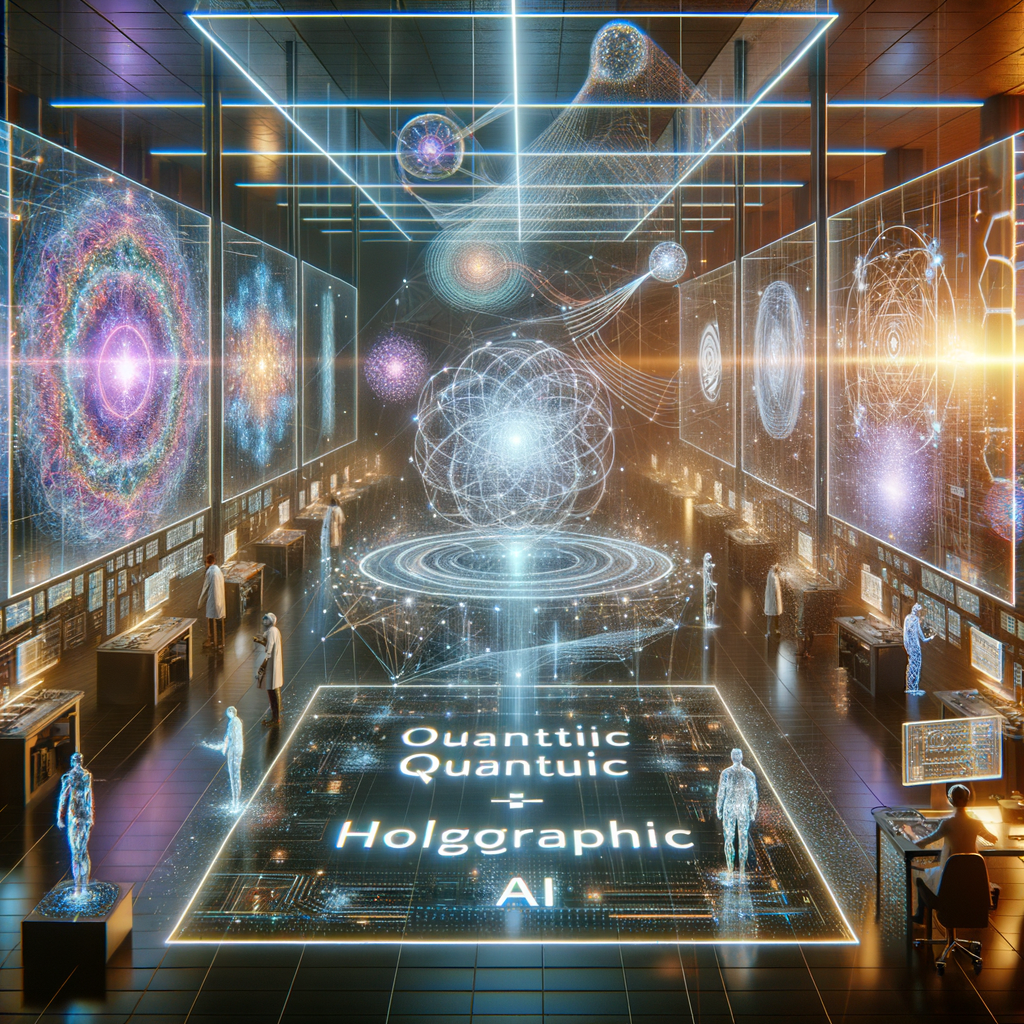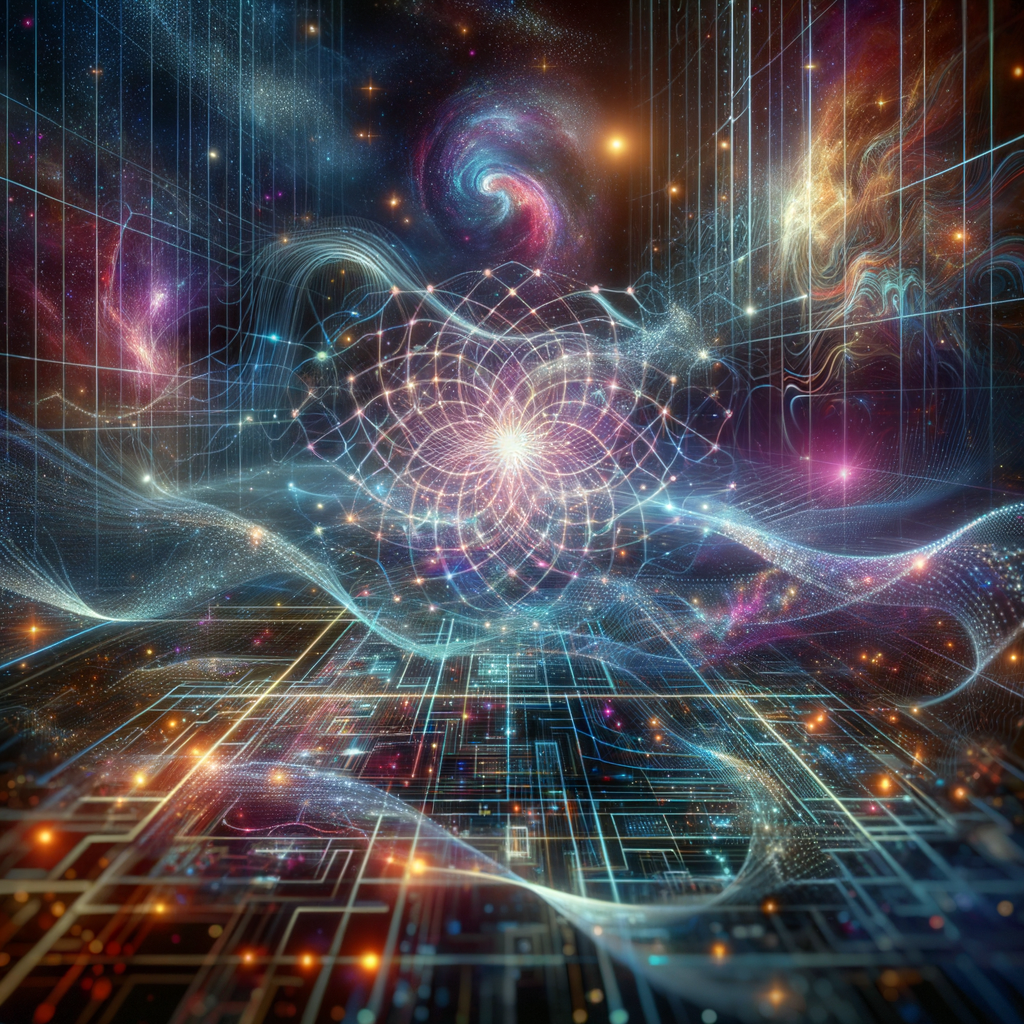 © 2023 / 2024 - QHIQ
© 2023 / 2024 - QHIQIntroduction to Quantic Holographic Artificial Intelligence
Quantic Holographic Artificial Intelligence (QHAI) represents an exciting frontier in AI research, combining principles of quantum mechanics and holography to create highly efficient, scalable, and versatile AI systems. At Quantum Holographic IQ (QHIQ), we are at the forefront of this transformative technology, exploring its potential to revolutionize industries, from healthcare to finance.
Key Concepts of QHAI
QHAI integrates two groundbreaking scientific principles: quantum computing and holography. Quantum computing leverages the principles of superposition and entanglement to perform complex computations at unprecedented speeds. Holography, on the other hand, allows the storage and retrieval of information in a three-dimensional space, providing a high-density data encoding mechanism. Combining these technologies enables the development of AI systems capable of processing massive amounts of data with high efficiency and precision.
Recent Advancements
Recent advancements in QHAI have been remarkable. Researchers have demonstrated the feasibility of quantum neural networks, which leverage quantum bits (qubits) to perform computations. At QHIQ, we have developed proprietary algorithms that utilize both quantum processing units (QPUs) and classical processors to enhance computational efficiency. For example, our QuantumHoloNet algorithm dramatically reduces training times for large-scale AI models by decomposing tasks into smaller, manageable components that run in parallel.
Challenges in QHAI Development
Despite its promise, the development of QHAI poses significant challenges. One major issue is the inherently fragile nature of quantum states, which makes qubits prone to errors. Error correction in quantum computing requires sophisticated techniques, increasing the complexity of algorithms. Furthermore, integrating holographic data storage with quantum processors demands precise calibration and synchronization. At QHIQ, we are actively researching innovative methods to mitigate these issues, such as error-correcting codes and hybrid computational architectures that blend classical and quantum elements.
Code Sample: Quantum Neural Network using Qiskit
To illustrate the technical aspects, consider a simple Quantum Neural Network built using Qiskit, a popular quantum computing framework developed by IBM.
from qiskit import QuantumCircuit, Aer, execute
from qiskit.circuit.library import TwoLocal
import numpy as np
# Define quantum circuit
qc = QuantumCircuit(2)
qc.h(0)
qc.cx(0, 1)
# Add parameterized gates
var_form = TwoLocal(rotation_blocks='ry', entanglement_blocks='cz', reps=3, entanglement='linear')
# Combine circuits
qc.append(var_form, [0, 1])
# Execute circuit
simulator = Aer.get_backend('statevector_simulator')
result = execute(qc, backend=simulator).result()
statevector = result.get_statevector()
print(statevector)
Managing a Startup in Emerging Technology
Leading a startup like QHIQ in the realm of emerging technology involves navigating unique challenges. Funding is a critical concern, as advanced research in QHAI requires significant investment in both human capital and computational infrastructure. Attracting and retaining top talent in such a specialized field demands not just competitive compensation, but also a work environment that fosters innovation and creativity. Regulatory uncertainty adds another layer of complexity, necessitating a proactive approach to comply with evolving legal and ethical standards.
Future Prospects
The future of QHAI holds immense potential. As quantum computing technology matures and becomes more accessible, we anticipate that QHAI will play a pivotal role in solving some of the world's most complex problems. In healthcare, QHAI could enable the development of personalized treatments by analyzing vast amounts of genetic data. In finance, it could revolutionize risk assessment and trading strategies by processing market data in real time. At QHIQ, we are committed to pushing the boundaries of what is possible with QHAI, driving innovation through relentless research and development.
Conclusion
Quantic Holographic Artificial Intelligence is poised to transform multiple industries by providing unprecedented computational capabilities and data processing efficiencies. The journey of developing QHAI is fraught with challenges, but the potential rewards make it a compelling field of exploration. At QHIQ, we are excited to be part of this future, developing cutting-edge solutions that leverage the best of quantum computing and holography to create smarter, more efficient AI systems.







































